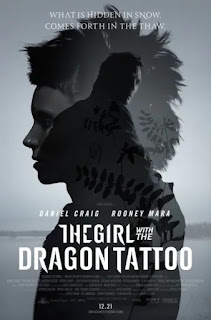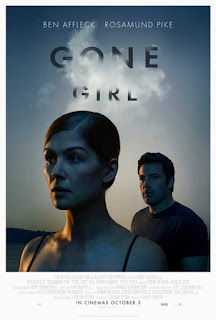Genre Research: Mystery
Common Camera Angles, Movement, Shots (CAMS):
Angles: High and low angles are often used to create a sense of power dynamics or vulnerability. Dutch angles may be used to create a feeling of disorientation or tension.
Movement: Slow tracking shots or dolly movements are common to build suspense. Quick cuts and fast-paced editing may be used during intense moments.
Shots: Close-ups on characters' faces, especially during crucial moments. Establishing shots are used to set the scene and create an atmosphere of mystery.
Common Mis-En-Scene (CLAMPS):
Setting: Often in urban or isolated locations, with dim lighting to enhance the mysterious atmosphere.
Props: Objects with symbolic meaning or clues may be placed around. Detective tools like magnifying glasses or forensic kits, are commonly used.
Costumes: Characters may be dressed in a way that reflects their role in the mystery (detective, suspect, victim).
Lighting: High contrast lighting to create shadows, adding to the suspense.
Common Editing:
Montage: Used for flashbacks or to piece together clues.
Cross-cutting: To build tension between two parallel storylines.
Jump cuts: Used for disorienting or surreal effects.
Common Sound:
Music: Tense and atmospheric music to enhance suspense. Silence can also be used effectively.
Sound Effects: Creaking doors, footsteps, or other subtle sounds to create an eerie atmosphere.
Voiceovers: Often used for internal monologues or to provide insight into a character's thoughts.
Example Films:
Chinatown (1974) Se7en (1995) Gone Girl (2014) The Girl with the Dragon Tattoo (2011)
Elements Liked:
Intricate Plotting: The complexity of the mystery genre often allows for clever and unexpected twists, which can be very engaging.
Atmosphere: The ability to create a gripping atmosphere that keeps the audience on the edge of their seats.
Elements Not Appealing:
Predictability: When a mystery becomes too formulaic or predictable, it can diminish the overall enjoyment.
Over-reliance on Tropes: Heavy reliance on clichés or overused tropes can make a mystery feel stale.


Comments
Post a Comment